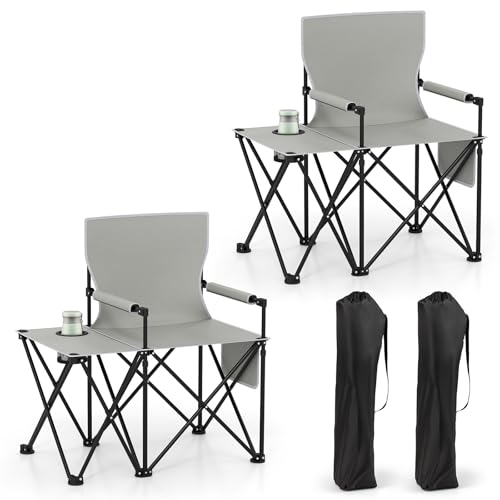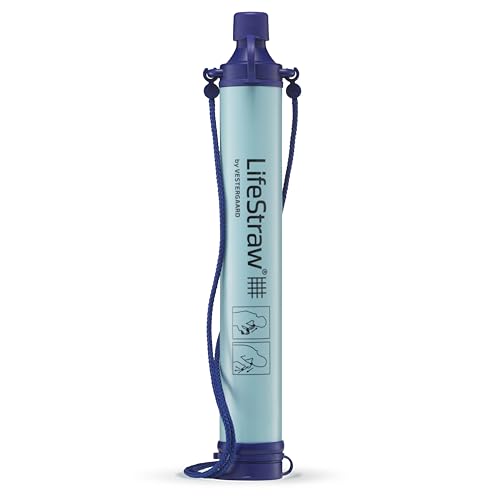We’ve all been there—caught in an unexpected downpour while camping, and suddenly our gear is soaked. It can be a real buzzkill, especially when you’re out in the wild and need everything to work as it should. Knowing how to dry wet gear quickly can make all the difference between a miserable night and a cozy evening by the fire.
Understanding the Importance of Dry Gear
Dry gear plays a crucial role in ensuring a comfortable and safe camping experience. Wet equipment can lead to discomfort, hypothermia, and decreased enjoyment. I always prioritize keeping my gear dry, knowing that moisture can compromise both my safety and my ability to fully appreciate the great outdoors.
Wet clothes can sap body heat quickly. In cooler temperatures, this becomes even more critical. I’ve experienced how quickly damp clothing can make me feel chilled, hindering my ability to stay active. To prevent this, I make sure to dry my clothes and gear promptly, even in the middle of a trip.
Additionally, wet gear contributes to unpleasant odors and can lead to mold or mildew. If I don’t address damp items immediately, I risk dealing with foul smells upon my return home. Proper care and drying techniques prevent these issues and keep my equipment in top shape for future adventures.
Lastly, dry gear enhances my overall camping experience. It allows me to stay focused on enjoying nature and participating in activities like hiking, fishing, or hunting. When gear dries quickly, it maintains their functionality, ensuring I’m always prepared for whatever nature throws my way.
Common Causes of Wet Gear While Camping
Wet gear can quickly turn a great camping trip into a challenging experience. Understanding the common causes helps in preventing and managing moisture effectively.
Rain and Humidity
Rain and humidity top the list of offenders. I’ve faced sudden rain showers that soaked my gear before I had a chance to react. While I try my best to check the weather, unpredictable conditions can lead to wet gear. Humidity poses a different challenge, too. It can cause condensation inside tents or on gear, leaving everything damp by morning. Keeping gear in waterproof bags or using tarps can minimize exposure to moisture.
Accidental Spills
Accidental spills are another major culprit. I’ve knocked over my water bottle more times than I can count, soaking my favorite jacket or gear. Cooking mishaps, like splashes from boiling water or food spills, also contribute to wetness. Maintaining a tidy camp area and being mindful during meal prep can reduce the chance of spills soaking gear. Using resealable bags for small items and waterproof containers for food often pays off in keeping everything dry.
Effective Methods to Dry Wet Gear Quickly
Wet gear can put a damper on any camping trip, but I’ve picked up several effective methods to dry my equipment quickly. Here’s what works best for me.
Using a Fire Source
Using a fire source proves to be one of the quickest ways to dry wet gear. I always keep my gear at a safe distance from the flames to avoid burns or melting. Hanging damp clothes or gear on a nearby tree branch or a sturdy stick lets the heat circulate effectively. The warmth from the fire helps evaporate moisture rapidly, especially when the evening air gets chilly. It’s a simple strategy that comes in handy during those cool, damp nights in the woods.
Utilizing the Sun
Utilizing the sun works wonders for drying wet gear, especially during daytime. I lay my gear out on rocks or logs that receive direct sunlight, which speeds up the drying process. An added tip includes spreading my heavy-duty waterproof tarp to catch additional rays. This method not only dries my gear but also gives it a fresh outdoor smell. On particularly sunny days, gear can dry completely in just a few hours, turning potential discomfort into a pleasant experience.
Employing a Towel
Employing a towel serves as a quick fix when I need to dry gear in less-than-ideal conditions. I use a large, absorbent towel to pat down wet clothes and gear, absorbing a significant amount of moisture. For efficient drying, I wring out the towel periodically and repeat the process. This method often speeds up the drying time before I can hang gear to air dry. It’s especially effective for smaller items like socks or gloves, ensuring I’m back on my feet in no time.
Best Practices for Preventing Wet Gear
Keeping gear dry during camping trips requires proactive measures. Always store equipment in waterproof bags to shield it from rain and moisture. Never underestimate the importance of choosing the right tent. Opt for a high-quality, water-resistant tent with a rainfly to provide that extra layer of protection against the elements.
Using tarps can significantly reduce the risk of gear getting wet. Lay a tarp under your tent to prevent water from seeping up from the ground during heavy rain. It’s also smart to keep a tarp overhead in case of unexpected downpours, giving you a dry space to cook or relax.
Regularly check for leaks in tents and gear. Inspect zippers and seams to ensure they’re intact and functioning. Applying seam sealer can bolster water resistance and help prevent any leaks.
When setting up camp, avoid placing gear directly on the ground. Use camping gear organizers or pack your belongings in elevated spots like tables or picnic benches. This keeps gear away from damp ground moisture, reducing the chance of water damage.
Be mindful of cooking areas. Setting up cooking stoves a safe distance from tents minimizes spill risks. Utilize spill-proof containers or resealable bags for food items, keeping everything dry and odor-free.
Taking simple precautions can help maintain dry gear throughout your camping experience, letting you focus on exploring and enjoying the great outdoors.
Conclusion
Dealing with wet gear while camping can be a real challenge but it doesn’t have to ruin your trip. By knowing how to dry your equipment quickly and taking a few preventative measures, you can keep your camping experience enjoyable and comfortable. I’ve found that a little preparation goes a long way in ensuring everything stays dry.
Remember to stay proactive with your gear storage and drying techniques. Whether it’s using a fire source or just laying things out in the sun, every little bit helps. I hope these tips inspire you to embrace the outdoors confidently knowing you can tackle any wet gear situation that comes your way. Happy camping!











